TLLB106 Introduction to Public Law Debate: Indigenous Sovereignty
VerifiedAdded on 2023/01/11
|5
|1218
|36
Report
AI Summary
This report presents a debate on the topic of Indigenous sovereignty within the framework of Australian public law. It begins with an introduction defining public law and its relevance to the relationship between the government and individuals, including constitutional, administrative, and criminal law. The main body of the report delves into the core argument: the impact of the High Court's decisions in relation to Indigenous sovereignty, particularly the intersection between Aboriginal Australians and the concept of 'alien' under the Constitution. The report discusses key cases, such as Love v Commonwealth of Australia; Thoms v Commonwealth of Australia, and explores the debate surrounding who is considered an Australian citizen and the application of laws to both citizens and non-citizens. The arguments presented consider the implications of different legal standards, the importance of equal treatment under the law, and the potential conflicts arising from the application of state versus commonwealth laws. The report concludes by summarizing the arguments and emphasizing the need for clarity and consistency in the application of public law, particularly regarding Indigenous sovereignty and the rights of all individuals within Australia. The report references relevant legal literature and case law to support the arguments presented.
1 out of 5
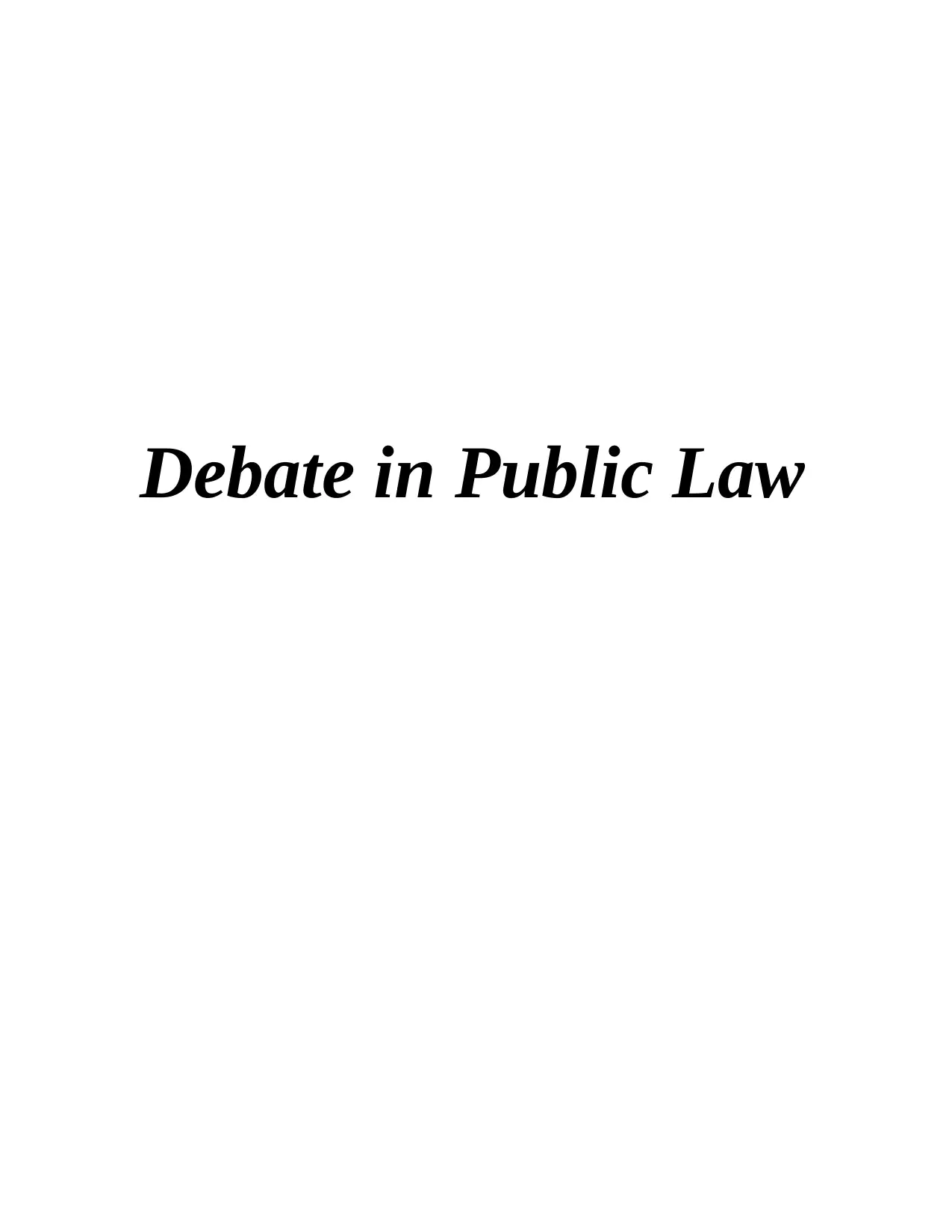
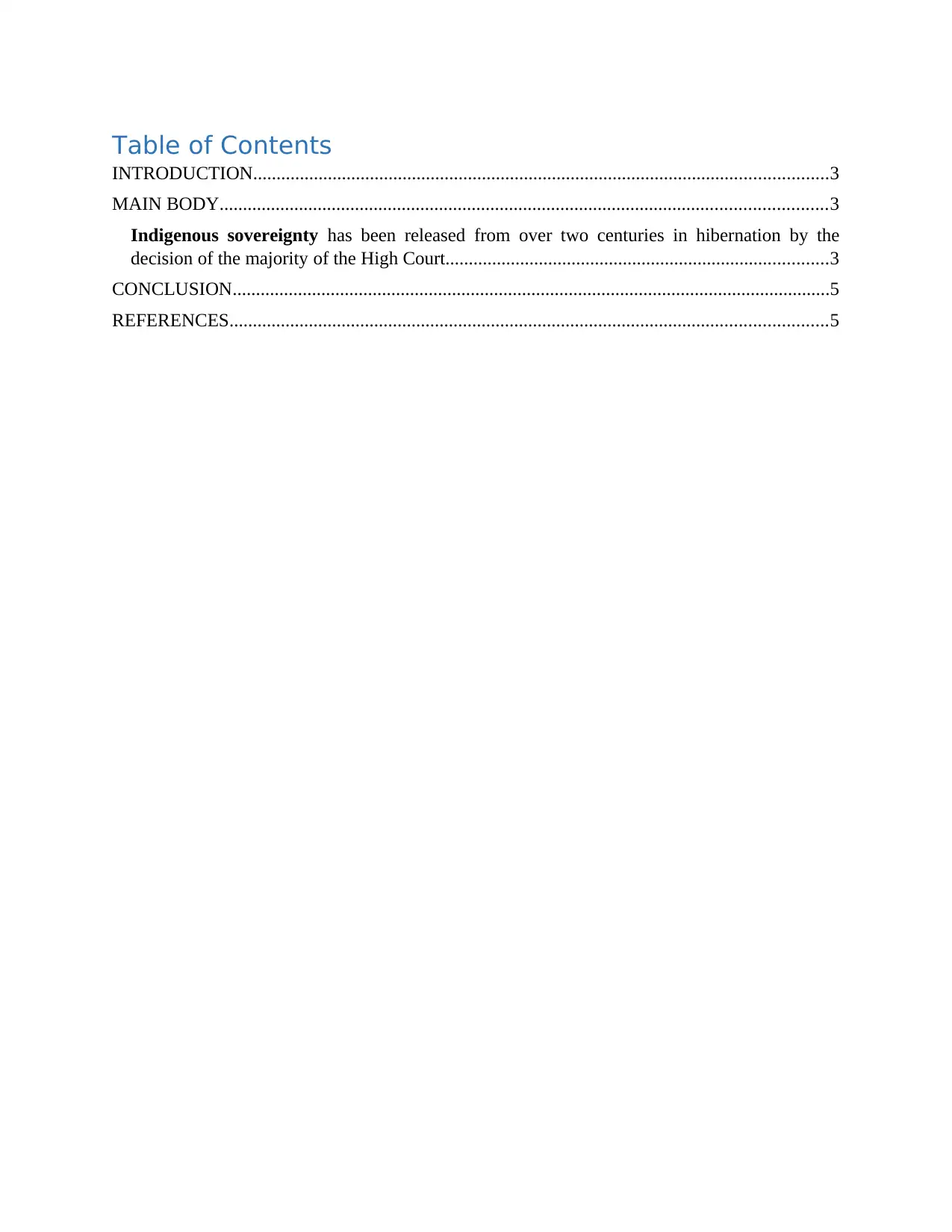
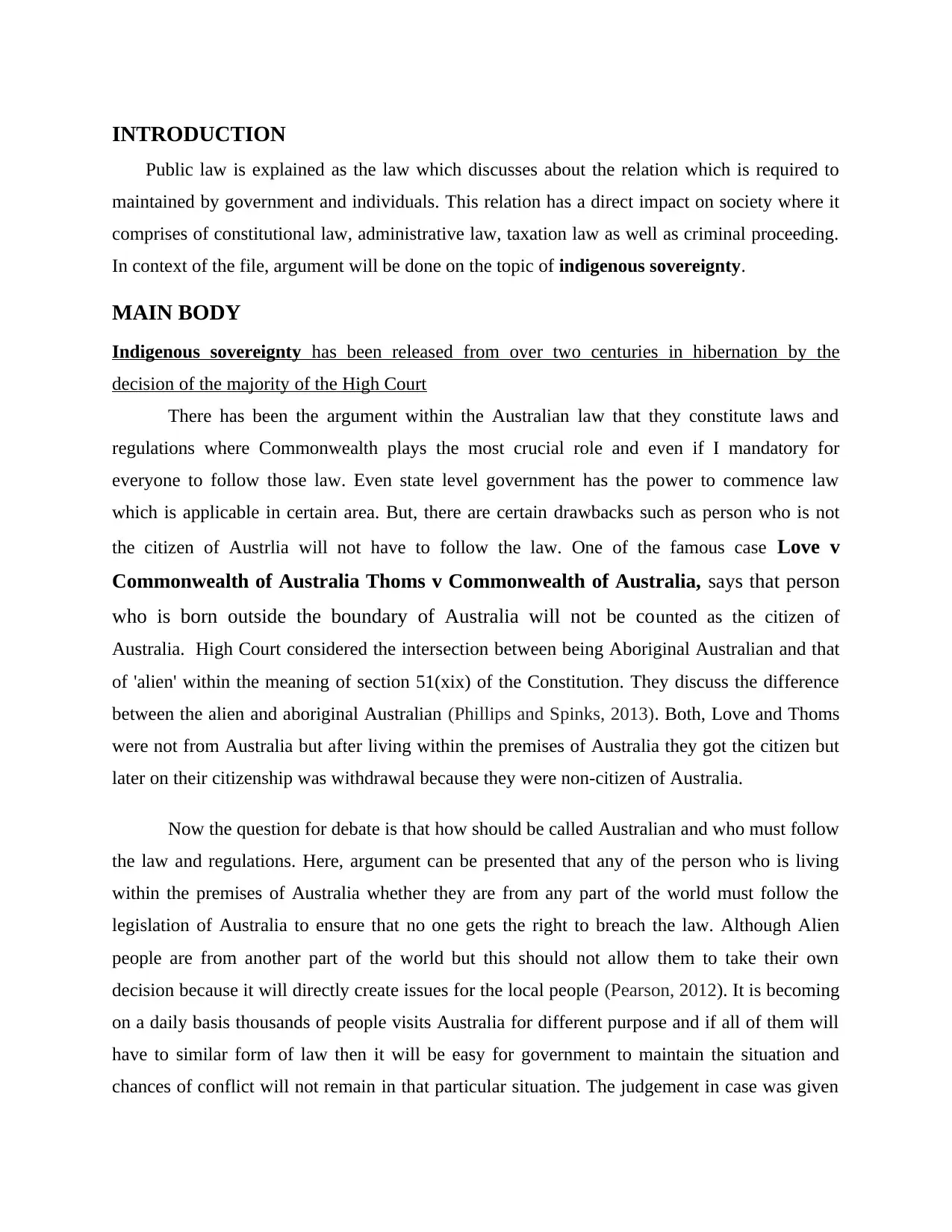

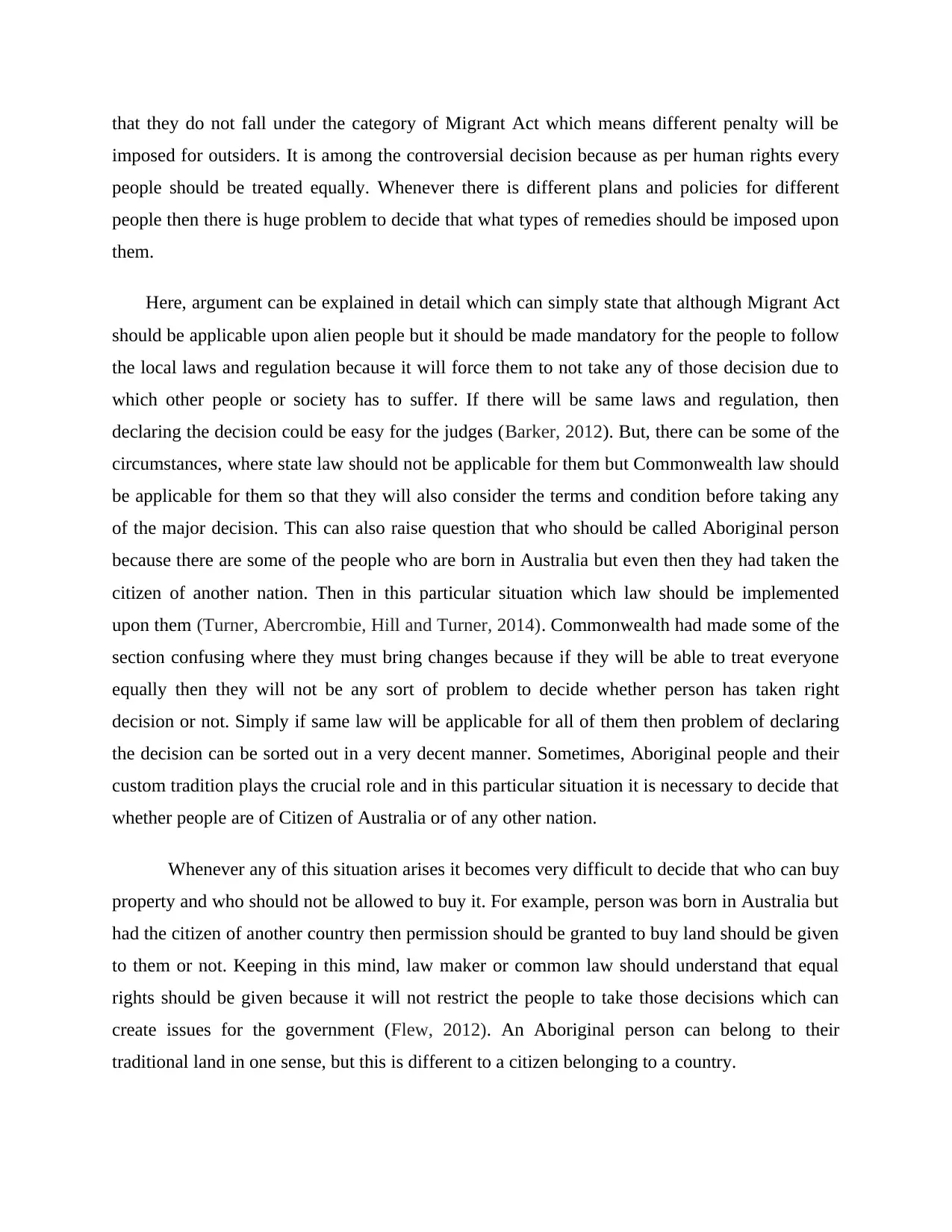
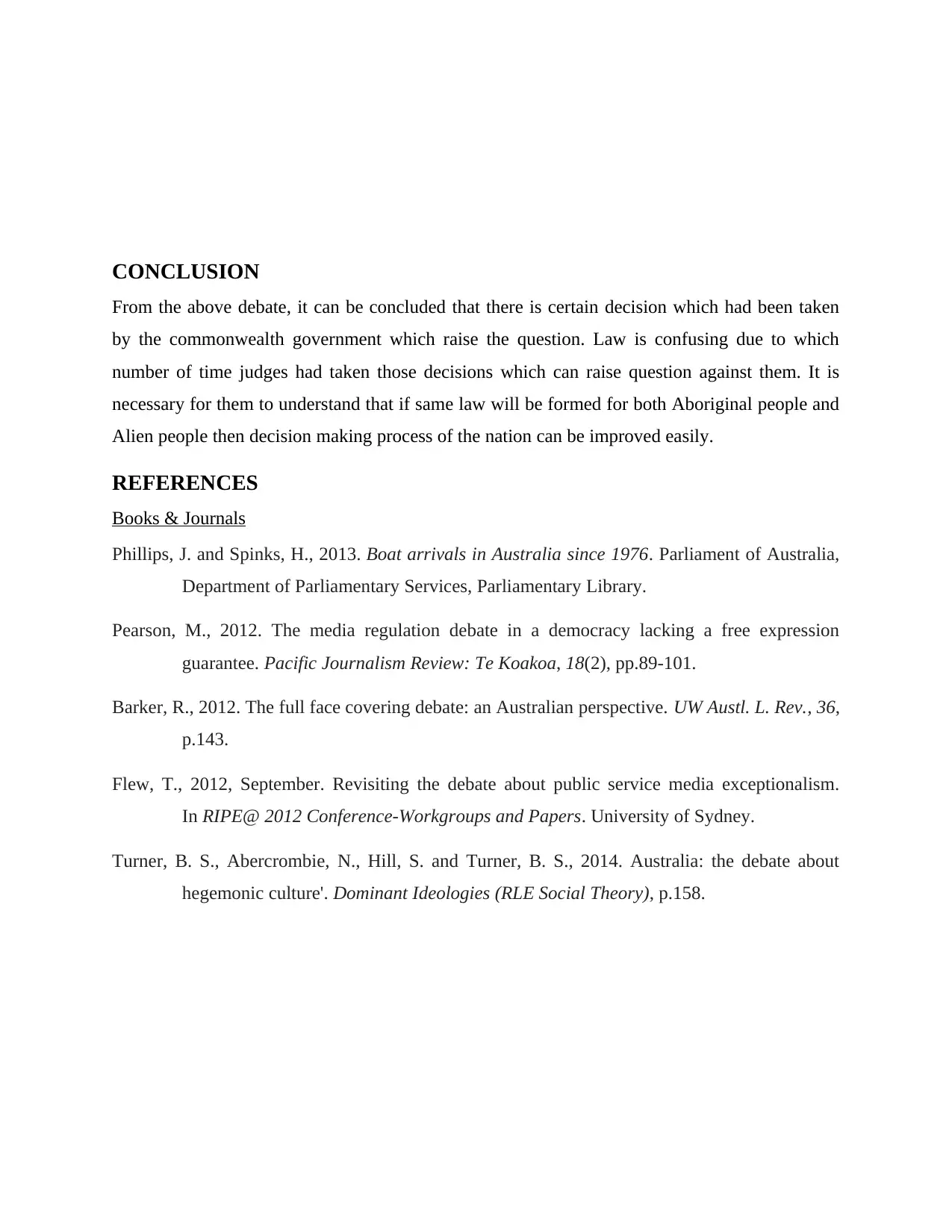






![[object Object]](/_next/static/media/star-bottom.7253800d.svg)